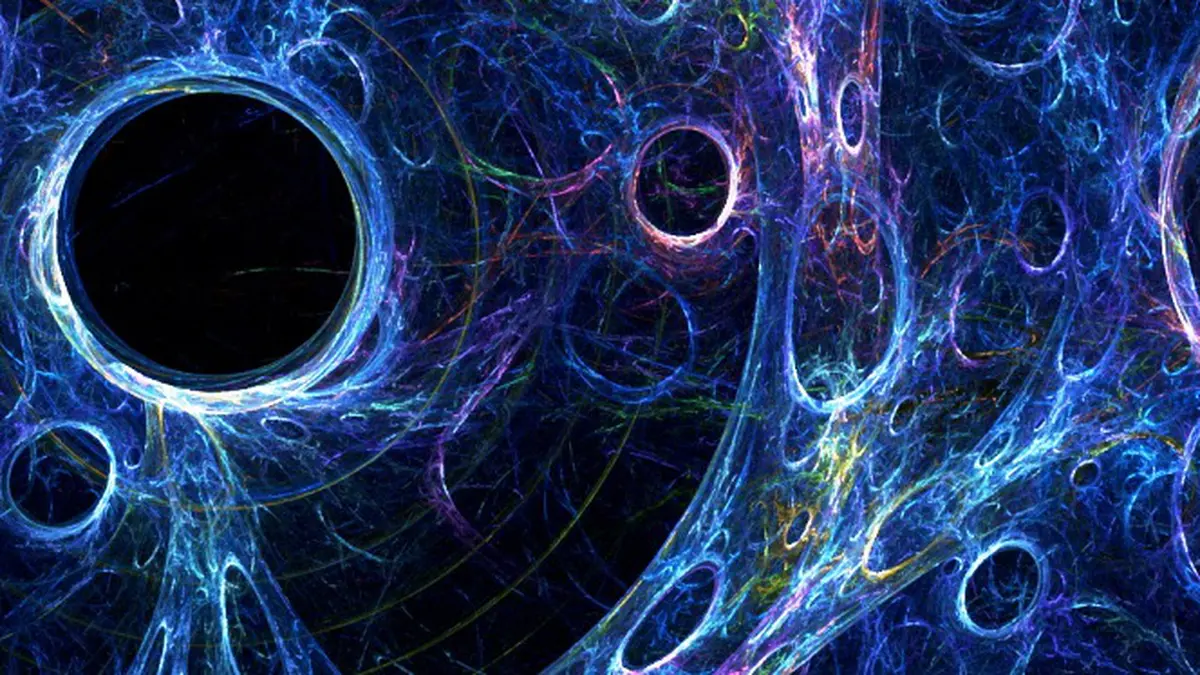Only five percent of the universe is visible to the human eye, while the remaining 95 percent is composed of mysterious entities known as dark matter and dark energy. These concepts, though challenging, have led to remarkable discoveries in the realm of science.

The universe is in a constant state of motion, either expanding or contracting, as proven by Einstein. His research demonstrated that galaxies are steadily moving away from us, indicating the ongoing expansion of the universe. Intriguingly, this expansion is accelerating over time, defying the gravitational forces at play.
This phenomenon gave rise to the concepts of dark energy and dark matter. While the specifics of dark energy remain a subject of ongoing research, scientists have confirmed its existence and are exploring its impact on the universe. Dark energy constitutes a significant portion, around 70 percent, of the total mass in the universe.
In 1988, scientists formulated equations revealing an excess pressure countering gravity in the cosmos. Initially referred to as the cosmological constant, it was later identified as a component of dark energy, validating Einstein’s equations.
Einstein himself played a pivotal role in this discovery, acknowledging the contributions of scientist Hubble. Hubble’s groundbreaking work provided compelling evidence regarding the cosmos’ expansion. Though the intricacies of dark energy are not fully understood, these revelations showcase the enigmatic nature of the universe and our evolving comprehension of its fundamental forces.
Leave a Reply